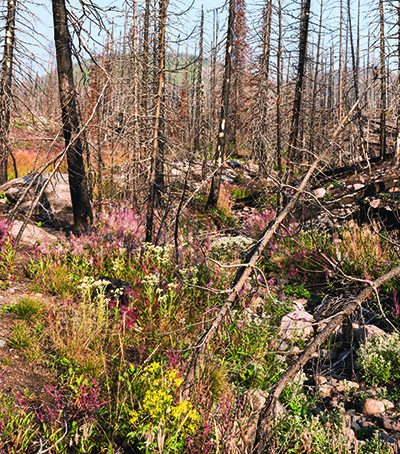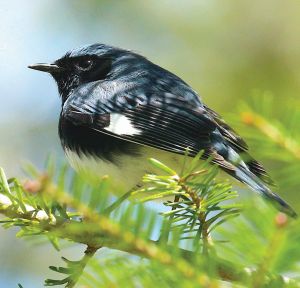A McIntire-Stennis supported project

PROJECT
A common assertion made about forest policy is that policies are shaped by science. Oregon State University Professor Michael Paul Nelson is examining how accurate that belief is – and investigating how values factor into forestry policy decision-making. To do this, Nelson will analyze the soundness of the arguments that shaped different forest policies and the values that informed those arguments.
People often seek evidence or information to guide them toward good outcomes when making decisions. However, preconceptions can influence the way that people see the world. These preconceptions can influence what information people seek and how people use the information available to them. Nelson will explore preconceptions and how people filter information and blend scientific facts, and the impact of long-term versus short-term data in that filtering.
In addition to understanding how science and values influence decision-making, Nelson will specifically examine how people conceptualize and understand mature and old-growth forests. To do this, he is using a “mental models” approach. Mental models are a framework from cognitive psychology for understanding how individuals arrange and relate their beliefs, knowledge, and experience on a specific topic ( Jones et al., 2011).
Understanding how decision-makers conceptualize and understand the scientific information presented will help advance our understanding of how values and science interact to inform forest policy.
IMPACT
This research project will explore how science and values interact and influence natural resource or forest management decisions as well as how people filter and blend scientific information to understand and conceptualize topics.
COLLABORATION
Oregon State University will collaborate with many partners while conducing this research, including the National Science Foundation Long Term Ecological Research program, the H.J. Andrews Experimental Forest, the United States Geological Survey, National Ecological Observatory Network, Oregon Climate Change Research Institute, and the United States Forest Service, including the Pacific Northwest Research Station and the Willamette National Forest.
About McIntire-Stennis
The McIntire-Stennis program, a unique federal-state partnership, cultivates and delivers forestry and natural resource innovations for a better future. By advancing research and education that increases the understanding of emerging challenges and fosters the development of relevant solutions, the McIntire-Stennis program has ensured healthy resilient forests and communities and an exceptional natural resources workforce since 1962.









